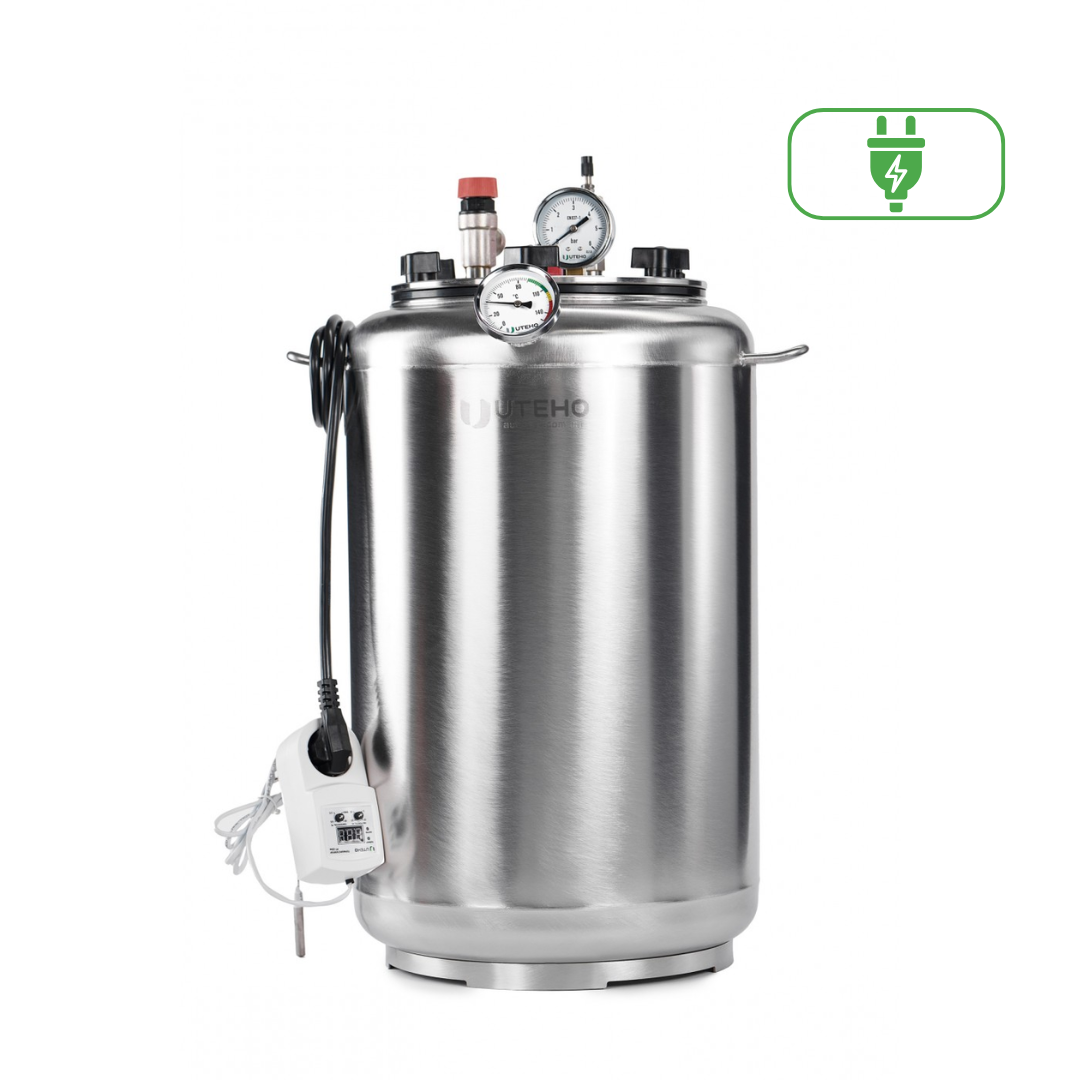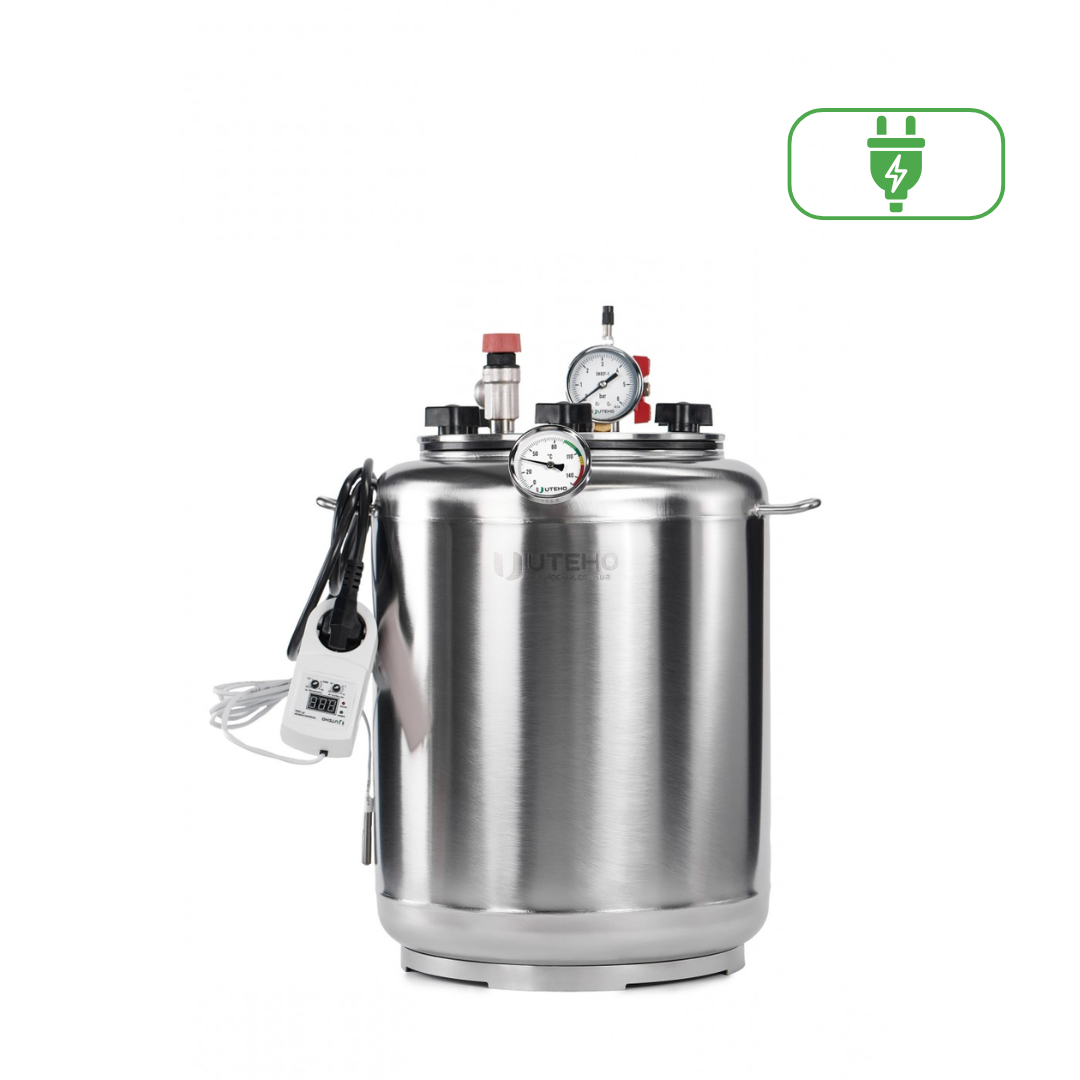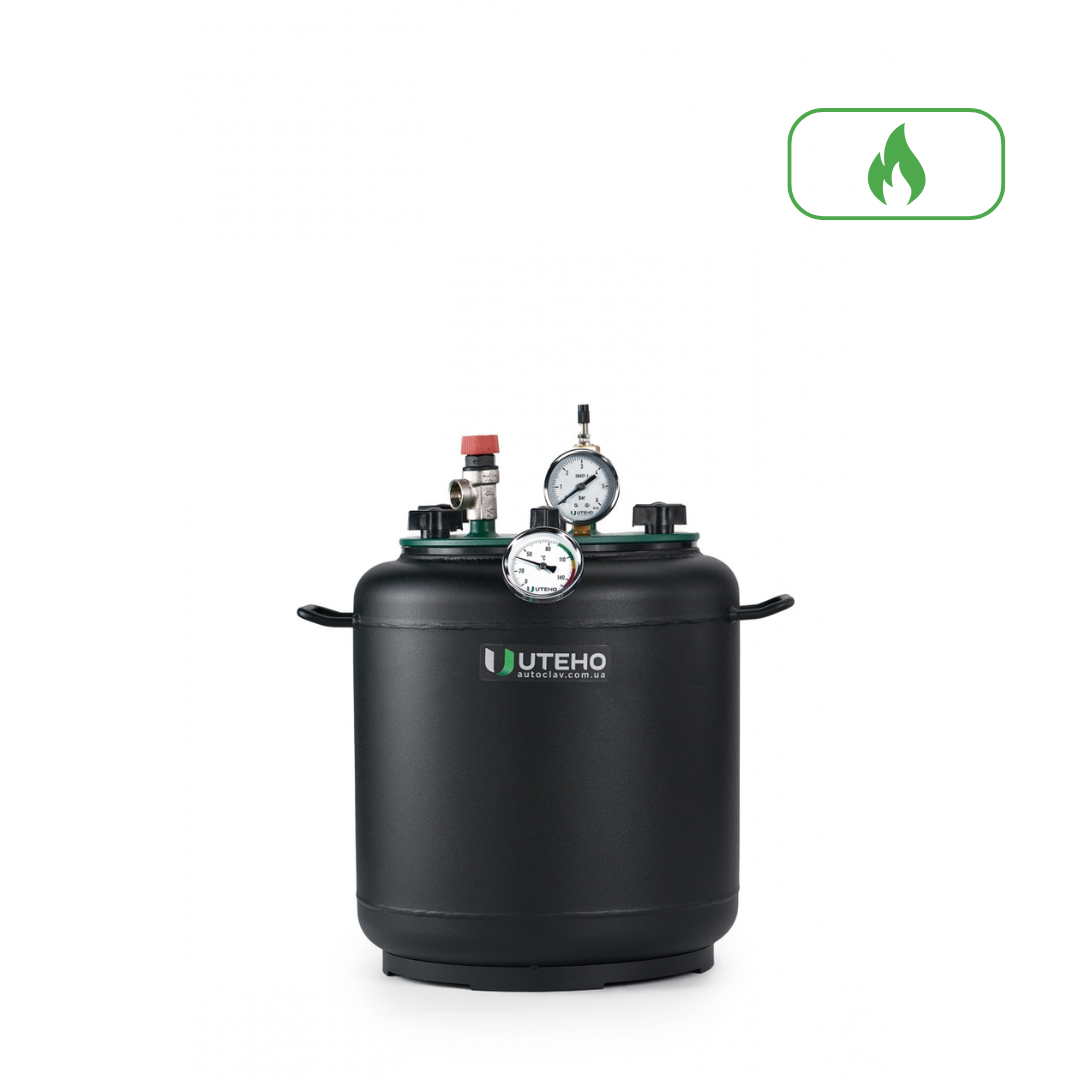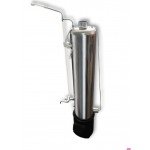
Cheese Recipes in an Autoclave
Do you have your own household, and is the freezer constantly packed with your own products? Is it a pity to throw away leftover milk and curd, and the family doesn’t have time to eat them? We suggest surprising your household with new delicacies and preparing excellent dishes in a cheese maker or a universal autoclave.

Recipe for Hard Cheese Cooked Using an Autoclave
To prepare such a delicacy you will need:
- 1 kg of low-fat homemade curd, not too over-dried;
- 1 teaspoon of salt;
- 1 large farm egg;
- 2 cups of whole milk;
- 0.5 teaspoon of soda;
- a universal autoclave, which you can buy on our website.
Keep the curd in the refrigerator for at least a day, then pour hot milk over it, place the resulting mixture over low heat, bring to a boil, and cook for 10 minutes, stirring constantly.
Place the prepared mass on a colander lined with gauze and lightly squeeze, allowing the whey to drain. Then mix the pressed semi-finished product with soda, salt, and egg, stirring thoroughly until uniform.
Place the container with the prepared mass in the autoclave for pasteurization for 10–15 minutes. The finished mass should be very thick and stretchy.
Still hot, place the cheese into pre-prepared molds and put under a weight.
After 8–10 hours, you can enjoy the amazing taste of hard cheese made with your own hands, which is strikingly different from the store assortment. To give a characteristic aftertaste and softness, you can add 50 g of homemade butter, as well as dried herbs and spices.
BESTSELLERS
Recipe for Soft Processed Cheese in an Autoclave
Does your family love to devour sandwiches with a tasty “spread”? We suggest not wasting time searching for such a product in stores but making it at home from your own curd. You will immediately notice the difference in taste—tender, pleasant, soft—this cheese simply melts in your mouth!
For the recipe take:
- 0.5 kg of low-fat curd, medium degree of pressing;
- 1 level teaspoon of calcined soda (unslaked);
- 0.5 teaspoon of table salt;
As soon as the thick stretchy mass becomes uniform, move it together with the container into the cheese maker and set the optimal pasteurization mode. After that, distribute into prepared molds whose inner walls are greased with butter, and let cool.
Store the finished product in the refrigerator. As an experiment, try adding various flavorings to the mixture (chopped dill, Herbes de Provence, paprika, etc.).
Read also:







.png)





